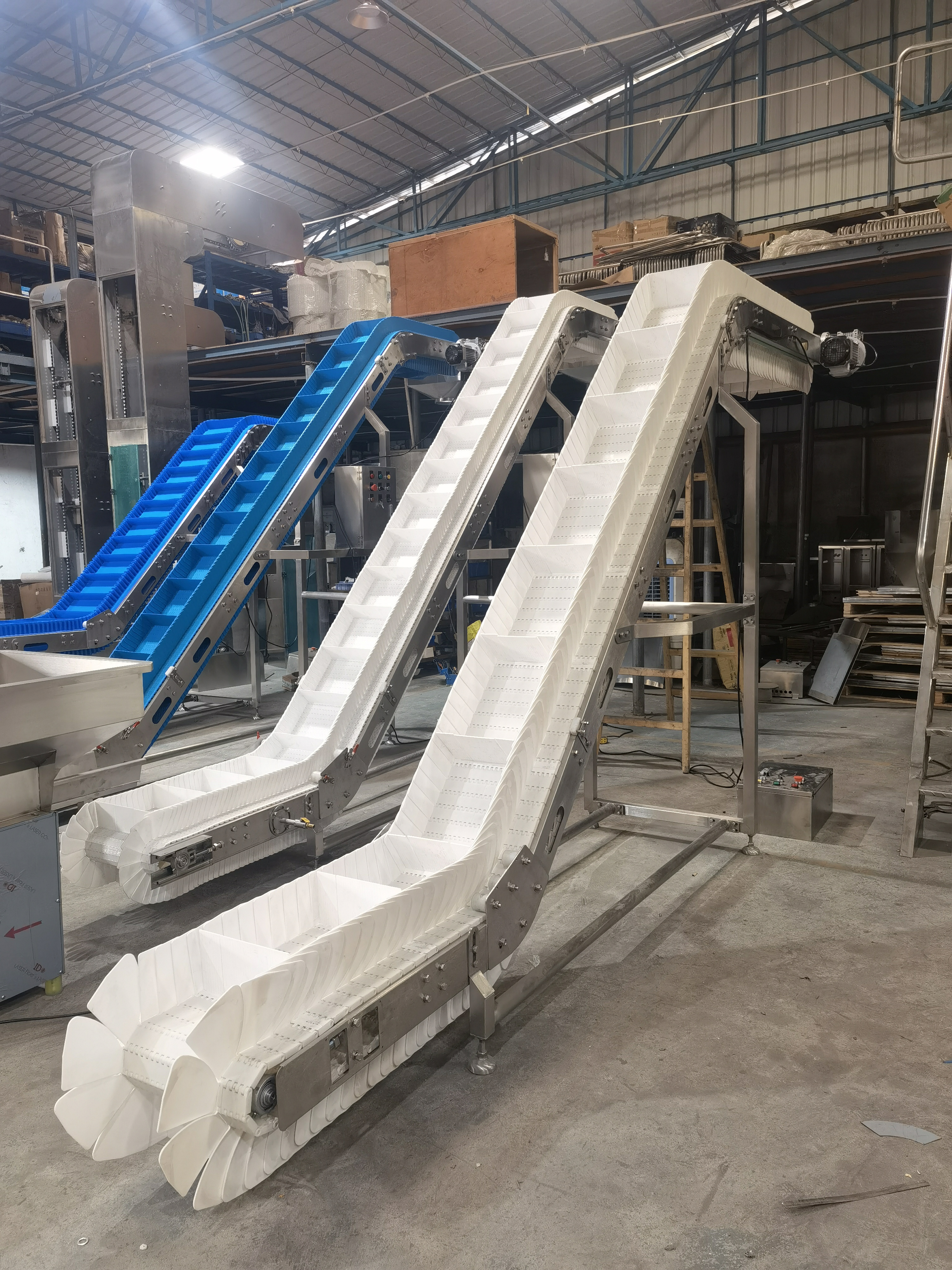In modern industrial production, conveyors are increasingly used. It can not only save costs by replacing personnel, but also increase work efficiency. Conveyors come in a variety of sizes. There are flexible chain conveyors, mesh belt conveyors, belt conveyors, chain plate conveyors and so on. Shanghai Yuyin summarizes the relevant installation points of belt conveyors.
1. Put a flexible shaft on the belt take-up iron core of the belt conveyor, and put the belt roll on the shelf. Before putting it on the shelf, be careful not to reverse the direction of the upper and lower cover glue.
2. In workplaces that are not suitable for racking, the belt conveyor belt roll can be guided away, and the folded conveyor belt should have a large enough curvature radius to prevent damage to the conveyor belt. It is prohibited to place heavy objects on the conveyor belt at the folded position.

3. If the belt conveyor is to be replaced, the new belt can be connected to the old belt, and the belt removal and installation of the new conveyor belt can be carried out at the same time.
4. For belt conveyors running horizontally, the old belt conveyor can be cut off at any point. For belt conveyors running in an inclined direction, the cutting point needs to be selected to prevent the belt conveyor from falling out of control due to its own weight.
5. After positioning the new belt on the belt conveyor, fix one end of the belt with a clamp, then connect the rope around the roller to the pulley, and balance the conveyor belt to the belt conveyor through the traction device. When moving, be sure to prevent the conveyor belt and the frame from squeezing each other.
6. Use a clamp to fix one end of the conveyor belt on the belt conveyor frame, and tighten the other end through a pulley until the conveyor belt does not sag significantly on the return roller.
7. Fix the tensioning device on the belt conveyor 100~150mm away from the starting point.
Post time: Oct-23-2023
